
How To Sand Wood Woody Expert
When talking about finishing, learning how to sand wood is a very important part of the entire process. Achieving a smooth and sanded surface makes the difference for an attractive wood finish on your woodworking project. Is sanding wood important? Yes, it is. Sanding serves as a foundation in the process of wood finishing. Most […]

Sanding wood What you need to know to get the best finish Homebuilding
Step 1: Divide the Wood into Sections. Before proceeding to stain your wood, instead of randomly applying stain over the surface of the wood, it's crucial you divide the wood into different small sections. Tip: If the project involves staining a wooden table, you can divide the table into the legs, drawers, and top.

How to Sand Wood A Beginner's Guide Angela Marie Made
Getting started with beginner woodworking isn't as complicated as you might think. There are just a few key things you need to get sorted out before getting started. Let's dive on in! In This Post: [ hide] How to Learn WoodWorking. Step 1: Prioritize Safety. Step 2: Set Up a Workspace. Step 3: Gather Tools.
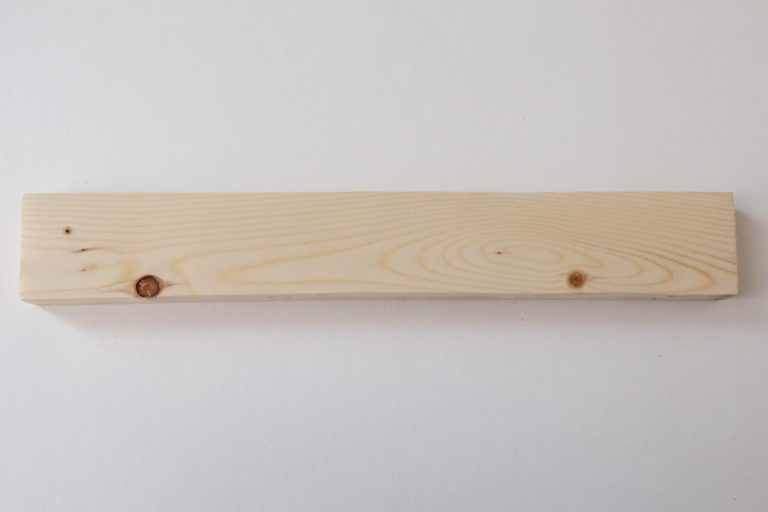
How to Sand Wood A Beginner's Guide Angela Marie Made
Oil based stains are best applied with a clean rag. Simply dip the rag in the stain and wipe the wood going with the grain. Let the stain set for a few minutes, then wipe off the excess with a clean, dry cloth to avoid a blotchy finish. Stain by itself will not protect the wood, so you'll want to finish your project with a top coat.
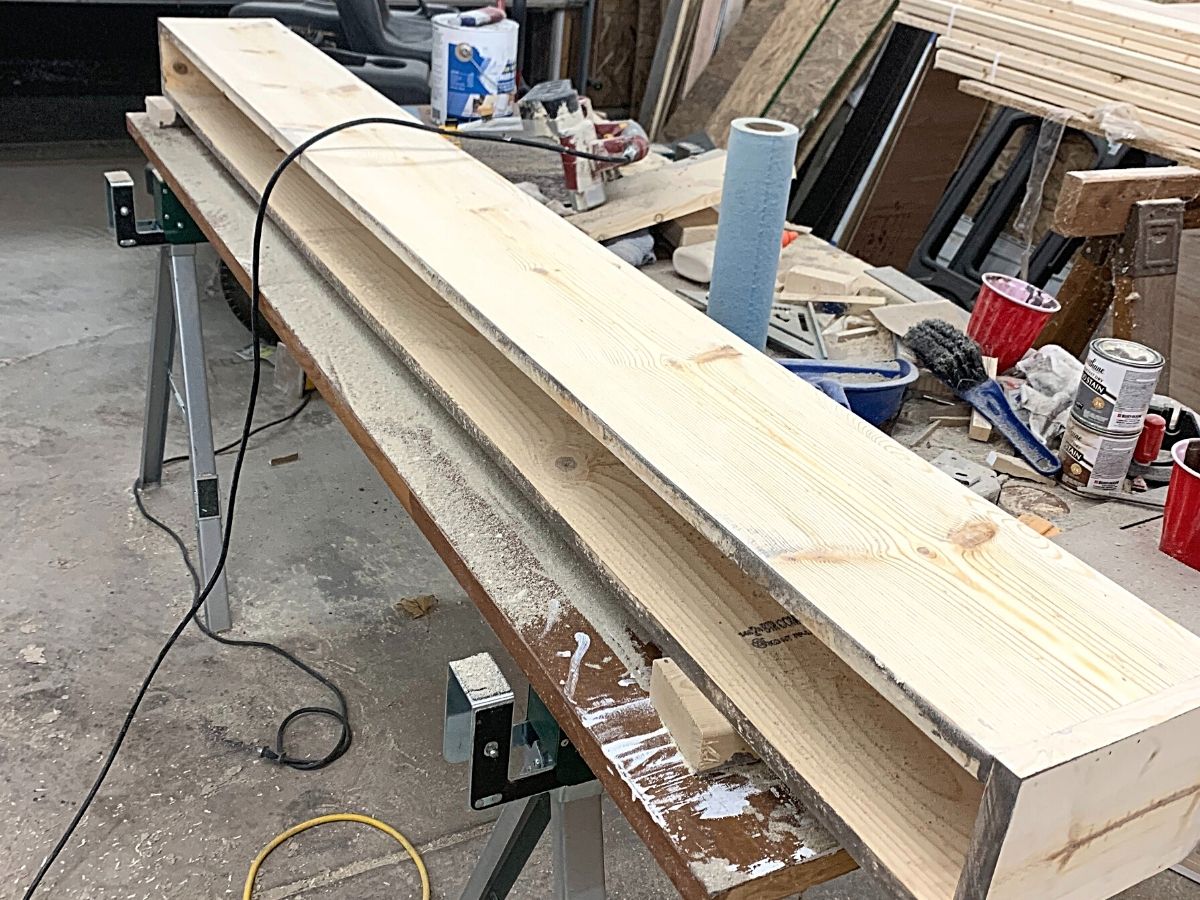
Do You Have To Sand Wood Before Staining? (Pros & Cons Explained) DIY
To sand wood, scribble a line using a pencil across the surface. Using a coarse 60 or 80-grit sandpaper and a sanding block or power sander, rub it in the direction of the wood grain until the line has disappeared. Repeat this process using 120 and 180-grit sandpaper. Remove the dust with a tack cloth or vacuum.
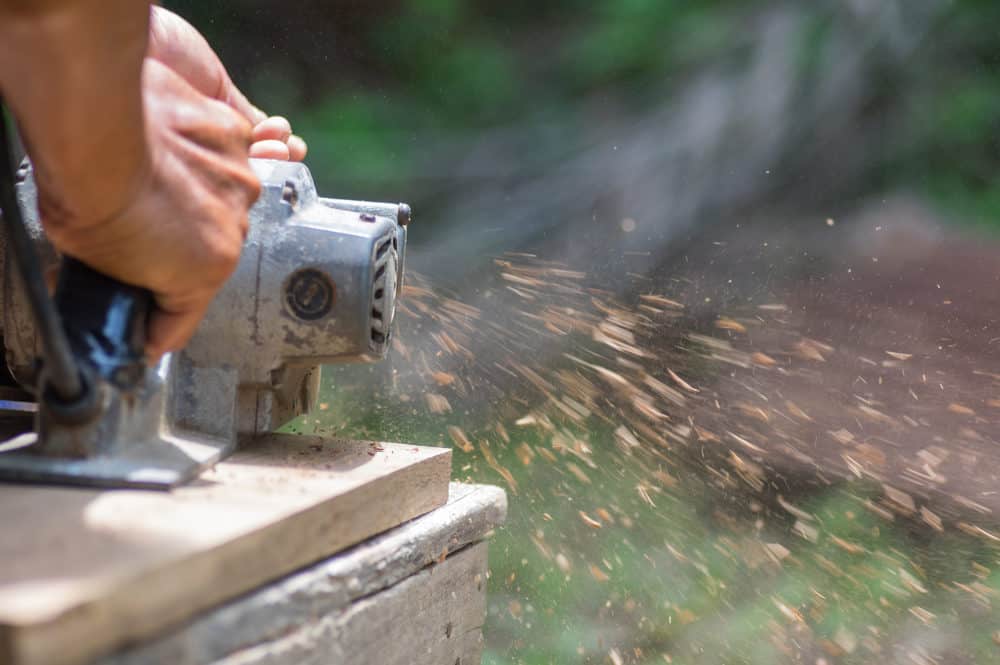
How To Sand Wood Ultimate Guide & Sanding Tips
Use a putty knife to apply the wood filler to the damaged area. Be sure to overfill the area slightly, as the wood filler will shrink as it dries. Smooth the filler. Use a damp cloth to smooth the wood filler. Be sure to work the wood filler into the surrounding wood grain. Allow the filler to dry.

How To Sand Wood Woody Expert
Allow to sit for a couple of minutes, and then, using a clean rag, wipe off the excess stain in the direction of the wood grain. Wiping the stain off in the direction of the grain is essential to get the best possible finish. When staining, less is more. A little stain goes a long way.
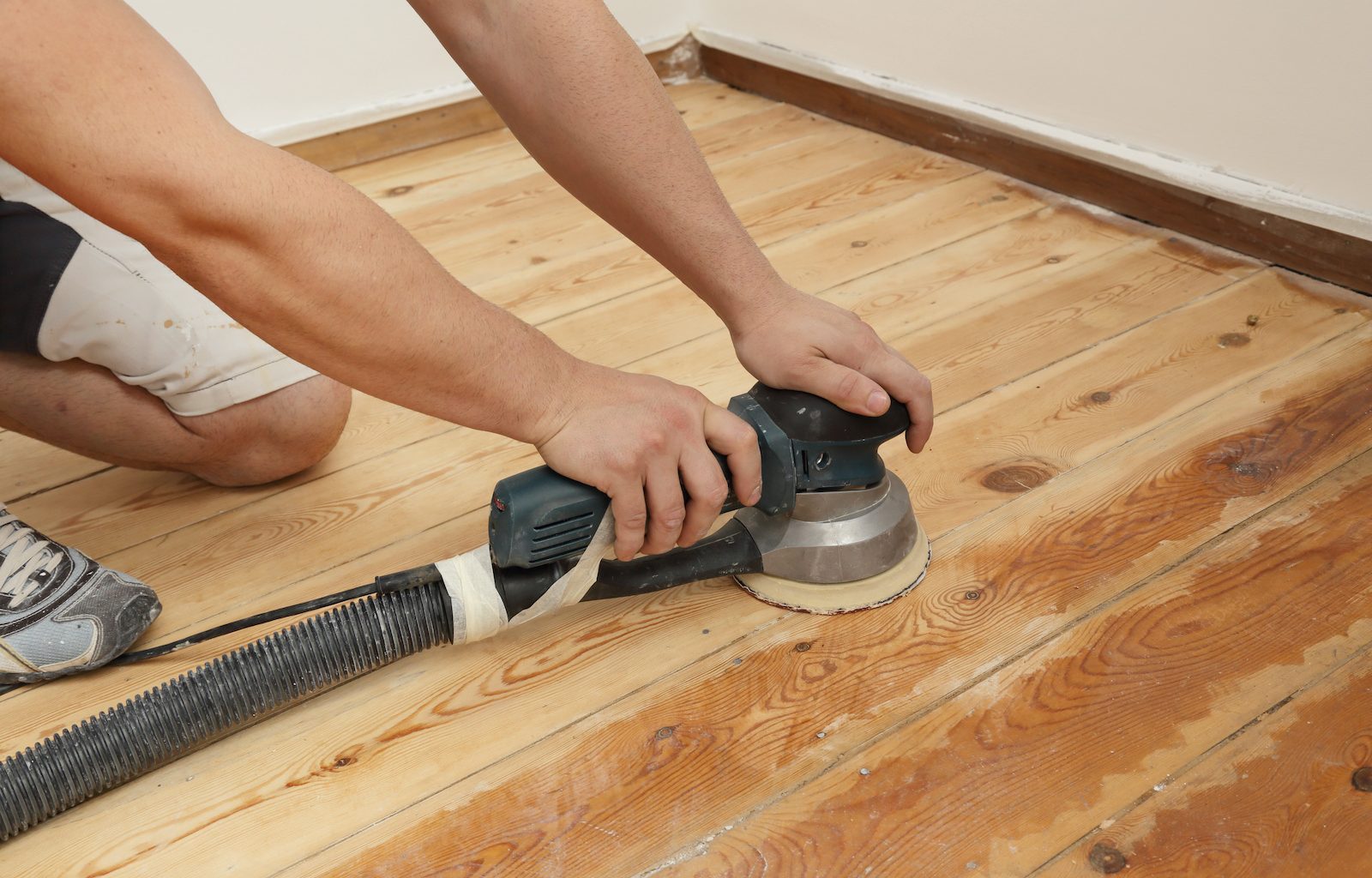
How To Sand Hardwood Floors With An Orbital Sander
1. Start with a Coarse Grit: When sanding cedar wood, it's best to start with coarse grit sandpaper, such as 80 or 100. This will help you to remove any rough spots or imperfections in the wood surface. Remember to sand with the grain of the wood to avoid creating scratches or damage. 2.
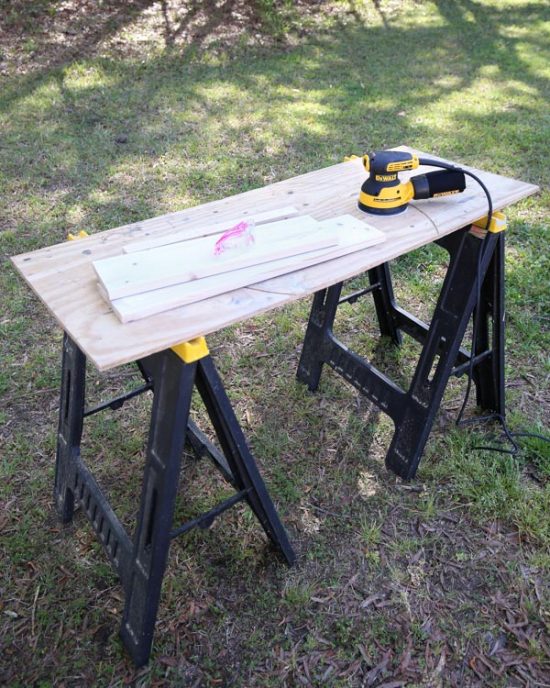
How to Sand Wood A Beginner's Guide Angela Marie Made
Woodworking for Beginners. Learn how to start woodworking with these easy tips and tutorials! If you are nervous to start woodworking, are a total beginner and don't know anything, or just want to learn more about woodworking 101, this is a great woodworking for beginners resource! I recommend starting with my story on how I learned.

How To Sand Wood A Beginner's Guide Anika's DIY Life
Woodworking can seem like a really overwhelming hobby. You watch people on YouTube, Instagram and TikTok with workshops lined with tools and all kinds of jigs and gadgets, building fancy and perfect projects… making it look easy and complicated at the same time! Don't worry. I've got you.
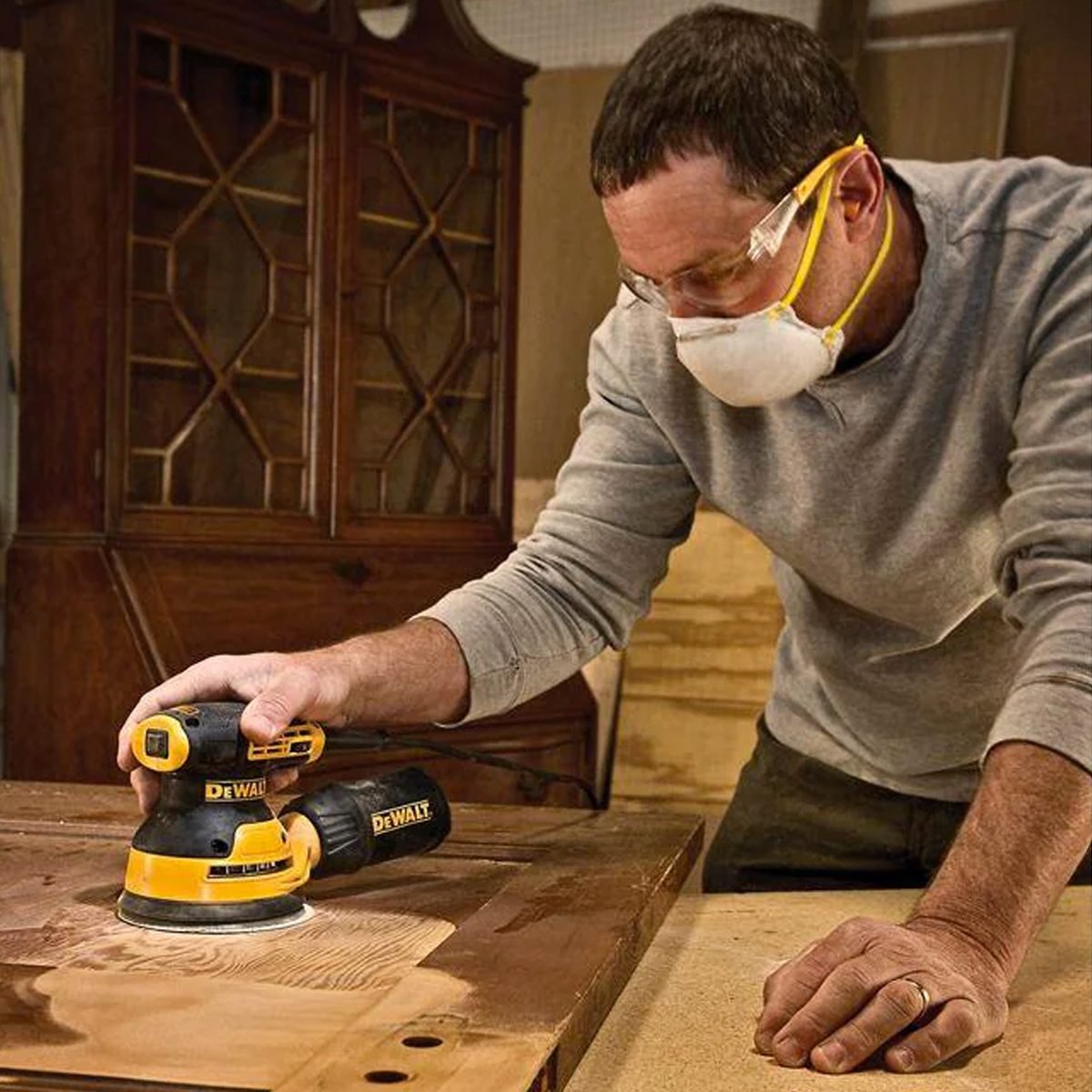
10 Types of Sanding Tools for Wood Projects The Family Handyman
Here are a few simple beginner woodworking projects that use a few tools and make a great starting point. 1. Simple Shelf. You can build a simple wall shelf with a couple of boards. Simply cut and join two boards at 90 degrees using nails or screws and attach the back of the shelf to the wall using anchors.
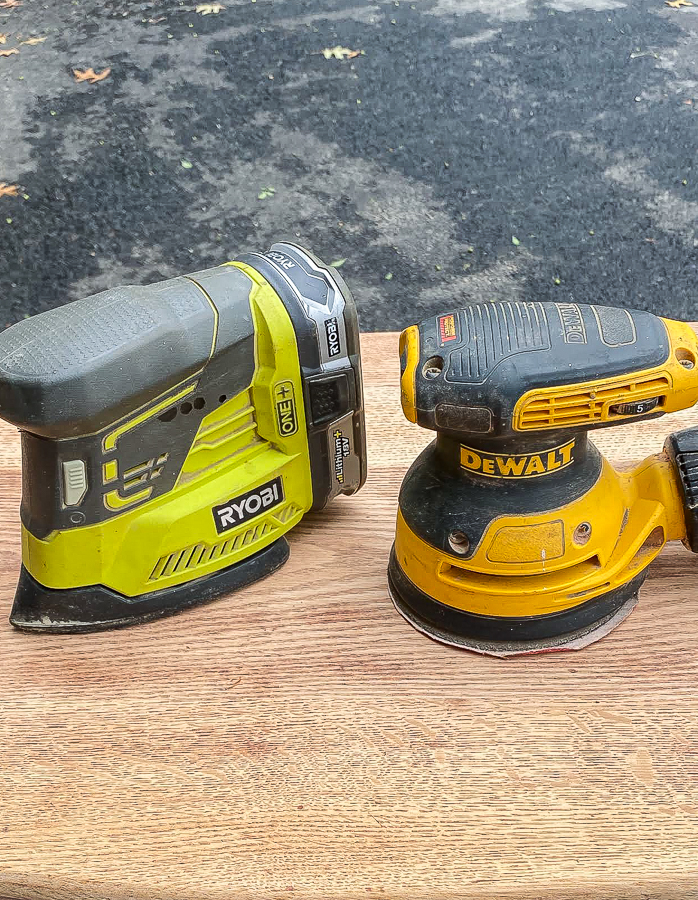
Furniture Sanding 101 How to Sand Wood Furniture Little House of
To sand wood, begin with coarse grit sandpaper to remove imperfections, then progress to finer grit for a smooth finish. Sand in the direction of the wood grain, and ensure to remove all previous finishes and blemishes before applying a new one. Sanding wood is an essential step in preparing it for staining, painting, or finishing.

How to Sand Wood A Beginner's Guide Angela Marie Made
Sanding with the grain is the golden rule of woodworking, which means moving the sandpaper in the same direction as the wood grain. It helps to minimize visible scratches and results in a smoother, more professional-looking finish. It's not always clearly visible which way the grain runs on some types of wood.
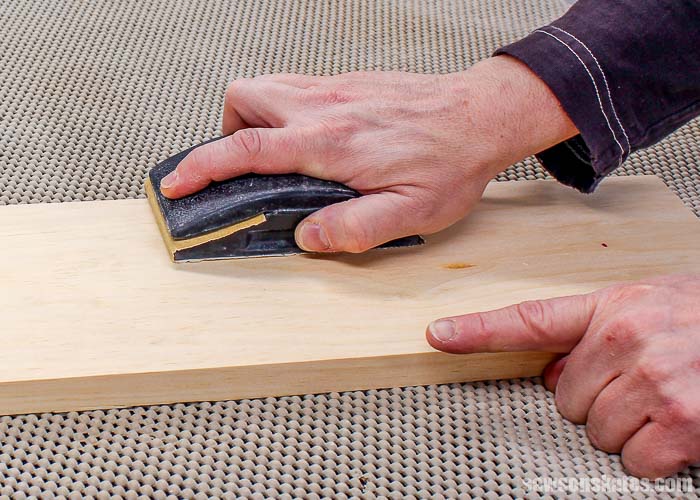
11 Secrets for Sanding Wood Projects Like a Pro Saws on Skates®
Mar 21, 2023 - This Pin was created by Anika Gandhi - Beginner-Friend on Pinterest. 5 FAQ About Sanding Wood

How to Sand Wood + Common Mistakes to Avoid!
Next, use a medium grit sandpaper, such a 120 grit or 150 grit, to start to smooth the surface of the wood. 5. Finish sanding with a fine grit sandpaper. Finally, finish sanding with a finer grit sandpaper, such as 220 grit. Ultimately, you want to make sure the wood surface feels smooth to the touch once complete.
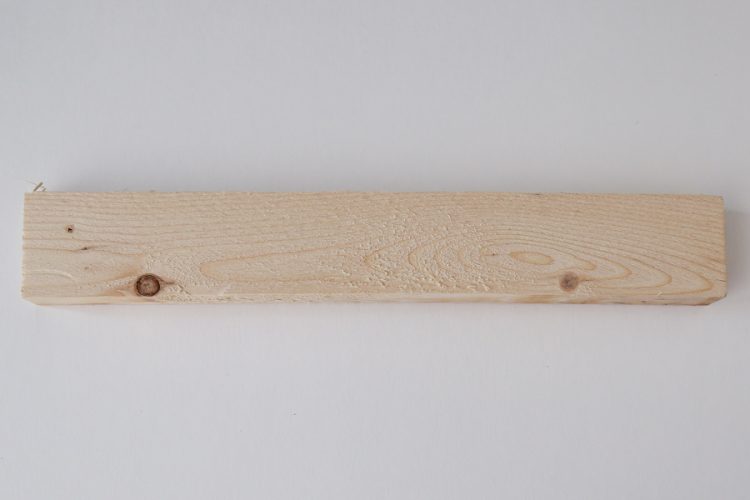
How to Sand Wood A Beginner's Guide Angela Marie Made
Beginner's Guide to Staining Wood Like a Pro. 1. Choose the Right Stain: Selecting the appropriate stain is the first step towards achieving the desired finish. Stains come in various types - oil-based, water-based, gel, and more. Consider factors such as the wood type, the intensity of color you want, and the project's purpose.